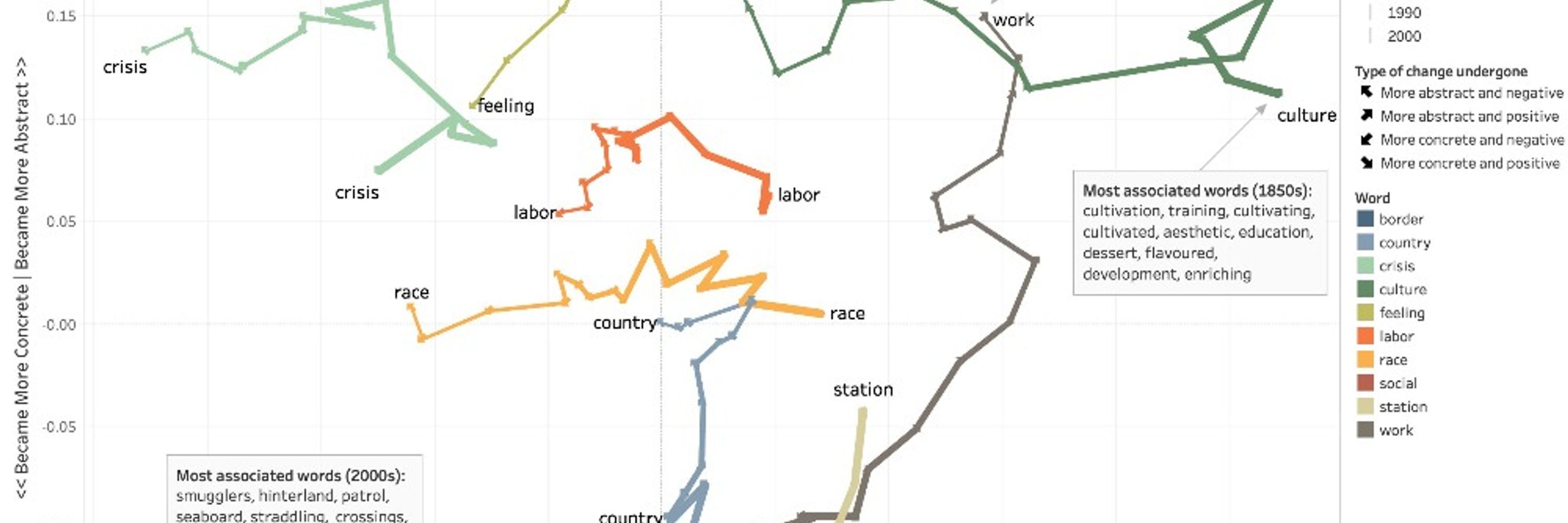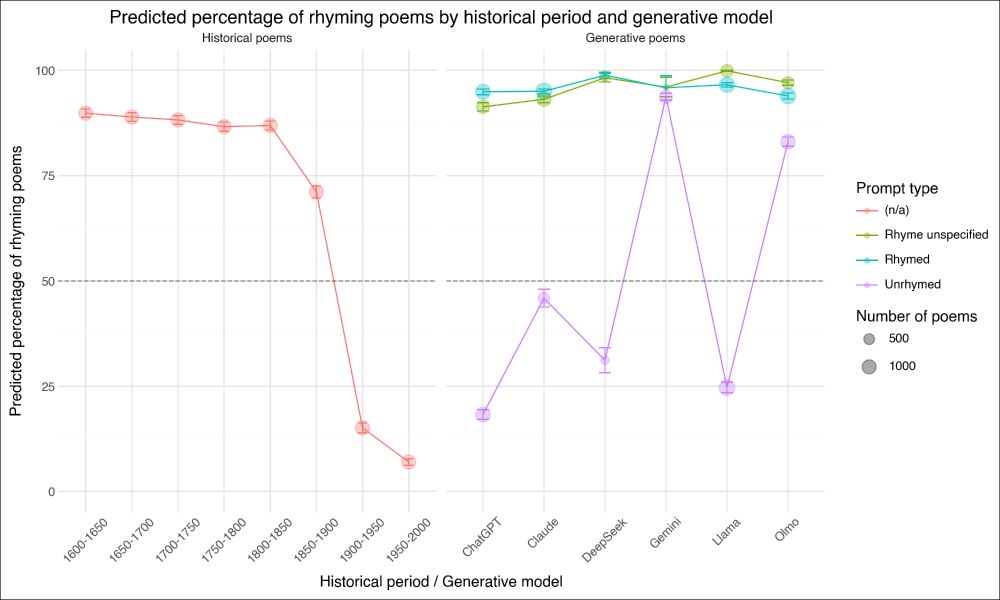Ryan Heuser
@heuser.bsky.social
1.9K followers
1.9K following
230 posts
Assistant Professor of Digital Humanities @camdighum.bsky.social. Florida man abroad, lapsed Catholic, vulgar marxist; phd'd Stanford English, alum of Literary Lab. I make data about culture and write about forms of abstraction in (C18) literary history.
Posts
Media
Videos
Starter Packs
Ryan Heuser
@heuser.bsky.social
· Sep 10

Now Hiring: Associate Professor/Professor in Digital Humanities - CDH
Cambridge Digital Humanities (CDH) is currently recruiting for an Associate Professor/Professor in Digital Humanities from January 2026 or as soon as possible thereafter. The appointment may be made a...
www.cdh.cam.ac.uk
Ryan Heuser
@heuser.bsky.social
· Sep 6

Now Hiring: Research Associate (Fixed Term) - CDH
Cambridge Digital Humanities (CDH) seeks to appoint a postdoctoral researcher in Digital Humanities. The post will run for three years from Spring 2026. The successful candidate will work with Profess...
www.cdh.cam.ac.uk
Ryan Heuser
@heuser.bsky.social
· Jul 22
Ryan Heuser
@heuser.bsky.social
· Jul 14
Ryan Heuser
@heuser.bsky.social
· Jun 30
Ryan Heuser
@heuser.bsky.social
· Jun 30
Ryan Heuser
@heuser.bsky.social
· Jun 30
Ryan Heuser
@heuser.bsky.social
· Jun 22
Ryan Heuser
@heuser.bsky.social
· Jun 19
Ryan Heuser
@heuser.bsky.social
· Jun 17
Reposted by Ryan Heuser
Daniel Denvir
@danieldenvir.bsky.social
· Jun 14














